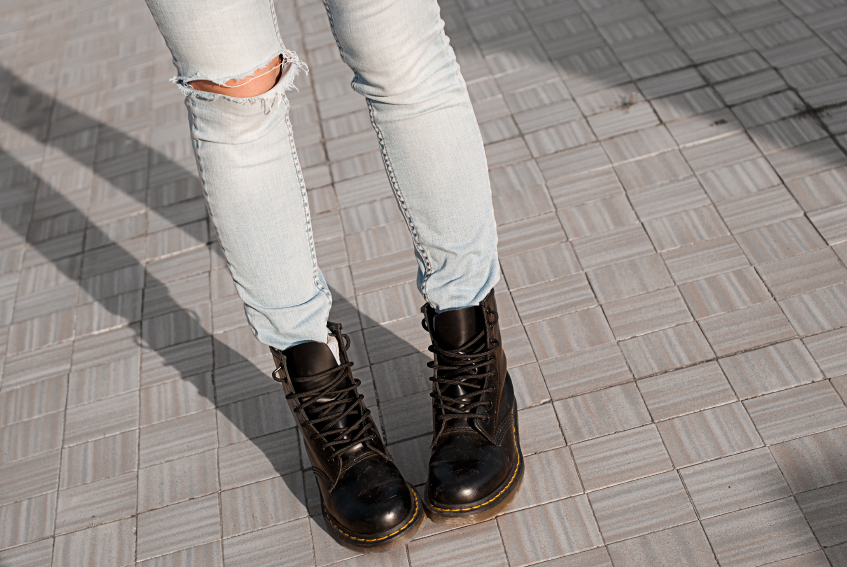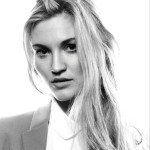Models, just like fashion, are trends that come in waves. In the ‘90s you had the curvy (by today’s industry standards, at least), hyper-sexed supermodels. Kate Moss changed all that by heralding in the era of the waif, where fashion traded ample breasts for visible bones. Brazilians had their time at the plate, with babes like Gisele Bundchen, Alessandra Ambrosio, and Adriana Lima all coming up at the same time. Then came the Russians: Natalia Vodianova, Sasha Pivovarova, Natasha Poly. One might argue that a beautiful face is a beautiful face, but they’d be wrong. Standards of beauty change. What was considered attractive in the ‘50s – or 2002, for that matter — is not necessarily held in the same esteem today. And what’s happening in fashion today? Anti-beauty.
Let’s clear a few things up. I’m not talking about anti-beauty in ways you’ve probably already encountered — not androgyny or atypical features or anything deviating from that chick with the button nose and the big white teeth who won your high school prom. I’m talking about anti-beauty in drug-addled, plaid-wearing, sort-of-super-trashy sense. The new crop of models popping up everywhere from Wild Fox look books to Macy’s campaigns look less like beautiful aliens and more like that girl down the street that your mother never wanted your brother hanging out with alone.
Welcome to the Nasty Girl era, where the youngins are wearing ‘90s cutouts, crop-tops and successfully bringing back septum rings. They’ve got bras whose cups runneth over and big, uncorrected teeth. The sex they’re selling is a little rougher around the edges, impolite and unapologetic. Terry Richardson has been churning out this aesthetic for a while now, but only recently has it become mainstream enough to market to the masses. Kate Upton — best known for giggling in string bikinis and, well, not much else – has been deemed Vogue-worthy, an honor shared with the likes of Gwyneth Paltrow, Audrey Hepburn, and Michelle Obama.
As it stands, the trend has not yet made it onto runways. Higher fashion still favors a lithe, ethereal look with itty-bitty measurements on a 6-foot frame. The trashy model movement, however, is emblematic of greater things at play – years of a dampened economy, nostalgia for the unashamedly sexed-up ‘90s, a rebellion against norms and status quos that no longer serve the newest generation (college, anyone?). And high fashion, as many well know, is very often influenced by pop culture and street style, which is precisely how we got here to begin with.
If fashion – be it on the high street or low — does one thing, it challenges the norm. It comes in with broad strokes and changes the landscape, pushing the boundaries of what we have become comfortable with. Only time will tell if this micro-movement has staying power or how far it will go. Time always tells. — Jenny Bahn











-300x169.jpg)





